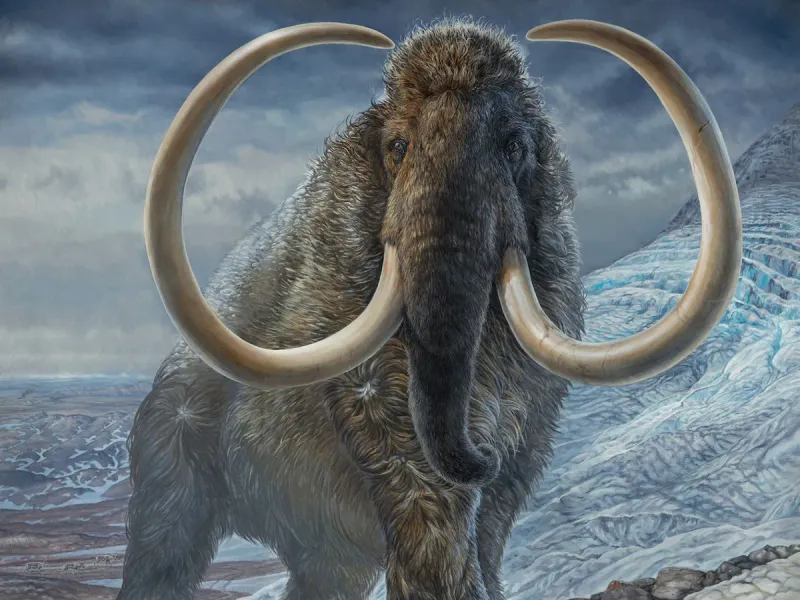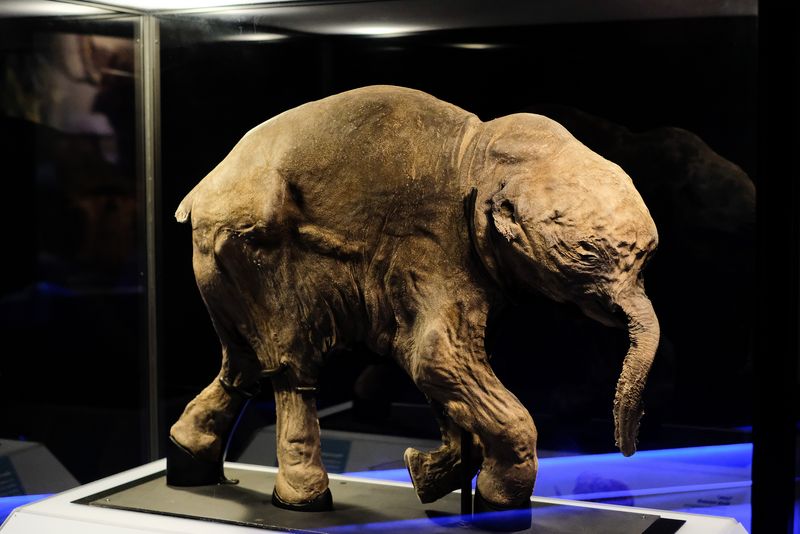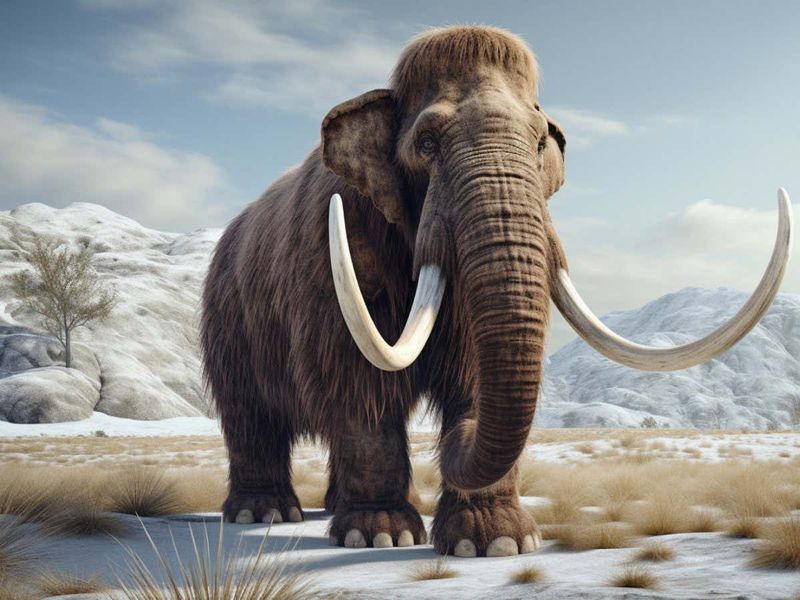Imagine a world where the majestic woolly mammoth roams the Arctic tundra once again, thousands of years after its extinction. It might sound like the plot of a science fiction movie, but scientists are making this bold vision a reality.
With cutting-edge technology and groundbreaking genetic research, the de-extinction of the woolly mammoth is no longer just a dream—it’s a fascinating frontier of science.
But how exactly are they doing it? Let’s dive into the science behind restoring this iconic species.
The Woolly Mammoth: A Glimpse into the Past
The woolly mammoth, a close relative of the modern elephant, was a massive, shaggy-coated herbivore that roamed the Earth during the Ice Age. They went extinct approximately 4,000 years ago, largely due to climate change and overhunting by humans.
Despite their disappearance, frozen mammoth remains have been remarkably well-preserved in Siberian permafrost, providing scientists with valuable DNA samples to work with.
But reviving a species that has been extinct for millennia isn’t as simple as finding DNA. It’s a complex process that requires blending genetic engineering, cloning, and some of the most advanced techniques in biotechnology.
The Science of De-Extinction
1. CRISPR: The Genetic Scissors
At the heart of this effort is CRISPR, a revolutionary gene-editing tool that allows scientists to modify DNA with incredible precision. Researchers are using CRISPR to splice genetic material from mammoth DNA into the genome of Asian elephants, their closest living relatives.
By identifying and inserting key genes responsible for traits like thick fur, a hump of insulating fat, and cold-resistant blood, scientists hope to create a hybrid creature that resembles the woolly mammoth.
2. Hybrid Embryos and Surrogacy
Once the modified DNA is ready, it will be used to create hybrid embryos. These embryos will be implanted into a surrogate mother—most likely an Asian elephant—to carry the pregnancy to term.
While this step presents significant ethical and technical challenges, it’s a crucial part of the de-extinction process.
3. Artificial Wombs: A Game-Changer?
To sidestep the ethical concerns of using living elephants as surrogates, scientists are also exploring the use of artificial wombs. Although this technology is still in its infancy, it could pave the way for a more ethical and efficient method of reviving extinct species.
Why Bring Back the Woolly Mammoth?
Restoring the woolly mammoth isn’t just about scientific curiosity or nostalgia for the past—it has potential benefits for the environment and the planet.
1. Fighting Climate Change
The woolly mammoth’s natural habitat was the Arctic tundra, an ecosystem that’s now threatened by permafrost melting and rising temperatures. By reintroducing mammoth-like creatures, scientists hope to restore these ecosystems.
For example, mammoths could help compact snow and knock down trees, promoting the growth of grasses that reflect sunlight and prevent permafrost from thawing.
2. Conservation of Modern Species
The techniques being developed for de-extinction could also aid in the conservation of endangered species.
By understanding how to edit genes and manage breeding programs, scientists could help species on the brink of extinction, like the Asian elephant, thrive in changing environments.
Challenges and Ethical Questions
While the idea of bringing back the woolly mammoth is exciting, it raises a host of ethical and logistical questions. Should we bring back a species that humans played a role in driving to extinction?
What kind of life would these animals have, and how would they integrate into modern ecosystems? And most importantly, should we be focusing on de-extinction when so many species alive today are at risk?
These are questions scientists and ethicists are grappling with as the project moves forward. Balancing innovation with responsibility is a delicate task, but it’s one that researchers believe is worth undertaking.
The Future of De-Extinction
The restoration of the woolly mammoth is not just a scientific experiment—it’s a symbol of human ingenuity and our evolving relationship with the natural world.
If successful, it could open the door to reviving other extinct species and even reversing some of the damage humans have done to ecosystems over the centuries.
While the road to bringing the woolly mammoth back to life is long and uncertain, one thing is clear: science is rewriting the rules of what’s possible.
The line between extinct and alive is becoming blurrier by the day, and the woolly mammoth may just be the first of many species to step across it.
So, the next time you think of mammoths as creatures of the distant past, remember—they might just have a place in our future. And that future? It’s looking wilder than ever.





